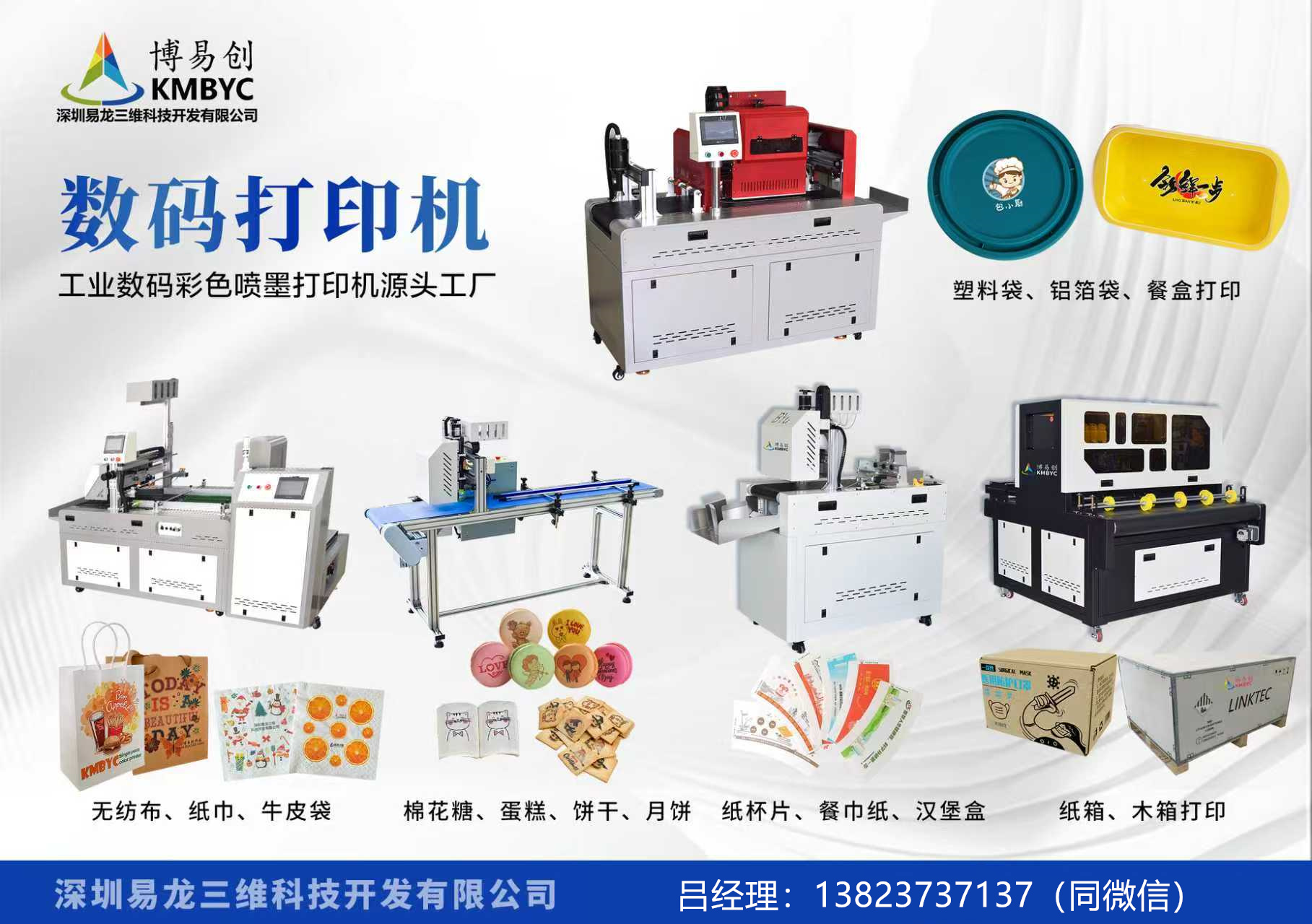
Global Inkjet Printing Technology Market Poised for Rapid Expansion, with China Leading the Surge
October 26, 2023—New York, Doha, Toronto— Leading industry analysts today forecasted that the global inkjet printing technology market, particularly high-resolution UV flatbed inkjet printing, will experience exponential growth over the next five years. With an estimated market valuation expected to reach $25 billion USD by 2028, the expansion is fueled by growing demand in industrial applications, personalized medicine, and architectural design.
The November 2023 issue of PrintWeek Global will spotlight "UV Flatbed Inkjet Printing: The Next Industrial Revolution?" Special report highlights how inkjet printing technology powered by companies like Tianjin Astech Print Tech has revolutionized digital production workflows across multiple industries.
New Technology Revolutionizing Manufacturing Processes
UV flatbed inkjet printing technology has evolved dramatically since its introduction less than a decade ago. Unlike traditional printing methods, UV inkjet printers feature exceptional precision, able to print onto virtually any material, including ceramics, textiles, wood, glass, and composite materials without the need for traditional media. This unique capability has made UV flatbed inkjet printing machines particularly attractive for mass production customization and rapid turnover projects.
John Anderson, senior analyst from Gartner Research, remarked, “Digital inkjet printing technology is rapidly moving from specialty applications into mainstream manufacturing. This shift is being driven by advancements in ink formulations, printhead technology, and increasing speed capabilities.”
Industrial Applications Driving Market Growth
Key industries that have embraced UV flatbed inkjet printing technology include ceramics, packaging, automotive, and healthcare. For instance, custom-tiled surfaces with intricate patterns and finishes have become increasingly popular in residential and commercial construction projects. Medical device companies are adopting the technology for prototyping complex tissue engineering constructs and personalized surgical guides.
Additionally, in the packaging industry, UV inkjet printing has gained traction for its ability to print flexible packaging with variable data and high resolution on the fly. The technology can print intricate details, sequential numbering, and tamper-evident seals, making it ideal for e-commerce packaging.
Newest Generation UV Flatbed Inkjet Printers
The UI design of the new generation has been improved to reduce maintenance frequency and enhance operational efficiency.
The latest generation of UV flatbed inkjet printing machines represents a significant leap forward in terms of performance, durability, and connectivity. For example, the NewWave 5000D model employs drone optimization for print head assembly, resulting in up to 20% faster maintenance cycles and fewer unplanned downtimes. In addition, the machine's new predictive analytics system utilizes artificial intelligence algorithms to forecast potential component failures, enabling proactive maintenance.
Another notable feature is the integration of dual-cure UV curing technology, which speeds up the drying process while increasing the flexibility of the printed materials. Industry experts believe this allows for faster production cycles and enhanced precision in applications requiring dimensional stability.
Market Expansion in China
North America remains the dominant market for UV flatbed inkjet printing due to early technological adoption and a high concentration of manufacturing industries. However, the technology is experiencing explosive growth in emerging markets like Southeast Asia, South America, and increasingly China.
Government policies in countries such as China provide strong incentives for adopting automation and advanced manufacturing technologies. This has created fertile ground for the expansion of UV inkjet printing equipment manufacturers. According to recent reports, Chinese companies have made significant investments in overseas expansions, setting up assembly plants and research facilities in Europe, North America, and Southeast Asia to cater to the growing global demand.
According to the latest annual report by a major Chinese technology company, the domestic office UV printer market has grown tenfold compared to five years ago, suggesting that other emerging markets may follow a similar trend over the next few years.
Tianjin Astech Print Tech: Setting New Performance Standards
One of the leading manufacturers in this field is Tianjin Astech Print Tech, based in the Tianjin Free Trade Zone. The company recently unveiled its flagship model, the TianJin Z-series, which is designed specifically for industrial applications requiring high production volume and precision digital printing.
The TianJin Z-series incorporates cutting-edge environmental controls to maintain temperature and humidity within precise tolerances, ensuring print consistency even in demanding factory environments. Additionally, the platform supports continuous operation for extended periods without requiring buffer stock downtime, making it ideal for high-volume production lines.
“If you look at the opportunities unfolding across different industries, from personalized medicine to advanced architectural components, the underlying theme is customization at scale,” notes Liang Ming, CEO of Tianjin Astech Print Tech. “Our machines are built to handle these types of complex, digitally-driven manufacturing challenges.”
Looking Ahead: The Future of UV Inkjet Printing Technology
The convergence of several technological trends—smart manufacturing, additive manufacturing, and the Internet of Things—is positioned to further accelerate the adoption of inkjet printing technology. Industry experts suggest that inkjet printing will likely become an integrated part of what is commonly referred to as “Industry 4.0” manufacturing,


